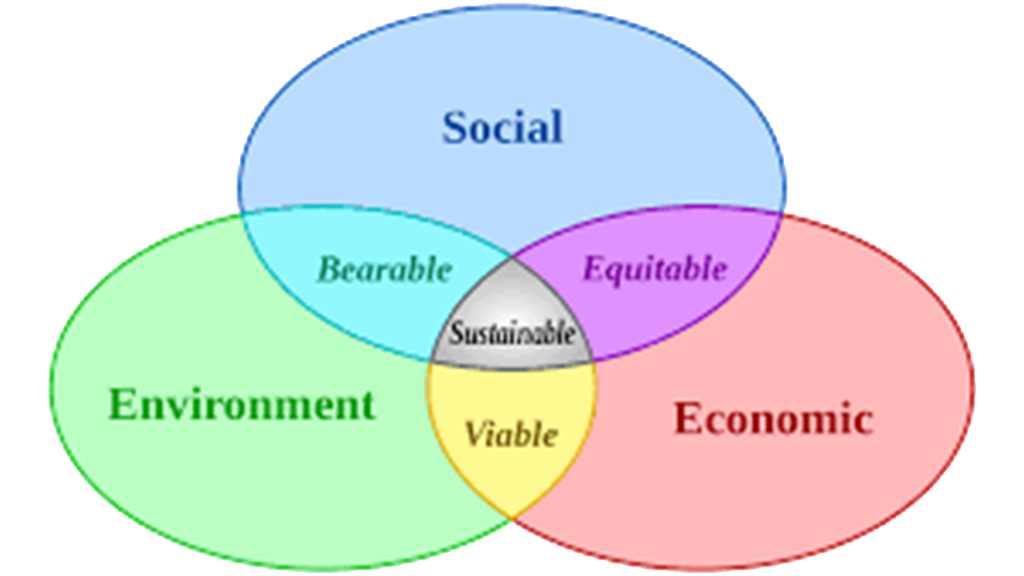Resource Efficiency in the Built Environment
Introduction
Built environments are human-made surroundings that provide the setting for human activity, ranging from buildings, parks and roads. The COVID-19 pandemic is presenting an opportunity to make improvements to our living spaces while shifting the focus to sustainability for better use of natural resources. We have entered into a period where, now, more than ever, consumers are demanding safe and efficient properties that promote healthy living. An increase in remote working brought on by the pandemic has also resulted in many residential properties utilized as workspaces. Italy, for instance, is currently experiencing a rising demand for high-quality properties due to the lack of flexible spaces and efficient energy systems. Across the European continent, the use of green building technologies to contain the spread of viruses is increasing with buildings now being designed for value, experience, and performance. COVID-19 has been a stark reminder that the construction industry is driven by human habits that are constantly changing.
Built environment and Climate Change
Climate change, though perhaps not in the same scale as the Covid-19 virus, is also having a significant influence on human behavior. Though the impact on buildings remains unclear, research shows that buildings handle more than 50% of the global usage of resources and energy and the resulting emissions1. Also, the construction sector is one of the major sources of waste generation as well as a contributor to an increase in global greenhouse gas (GHG) emissions. Studies2 show that better construction and use of buildings can reduce final energy consumption by 42%, total GHG emissions by 35%, extracted materials by 50%, and save up to 30% of the water in some regions. The adaptation to climate change is now seen as a useful requirement expected from a building.
While global warming-driven changes of ecosystems could have multiple impacts on the built environment, this sector has potential for climate change mitigation. In developed countries, where the majority of the buildings are older than 50 years,
- (Andrić, Koc & Al-Ghamdi., 2019).
- Gallego-Schmid, Sharmina, & Mendoza (2020).
more effort should be invested into creating policies for renovation. In developing countries such as Kenya, where there is rapid growth in the urban environment and previous lack of energy-efficiency policies, the focus should be on developing relevant policies as well as increasing environmental awareness in the industry.
Resource Efficiency
As we move towards more sustainable buildings, resource efficiency allows the economy to deliver greater value with less input while sustainably using resources to reduce environmental impacts. From material extraction in the construction phase, through resource use during occupancy and maintenance phase, to material recovery at demolition, resource efficiency is key in the move towards a green economy and global sustainability.
It is encouraging to see developers such as Centum Real Estate and Housing Finance Group developing sustainability policies that encourage an increase in resource efficiency and the mitigation of climate change by reusing materials and narrowing energy loops. These efforts will undoubtedly reduce GHG emissions and bring on additional savings to the construction process as well as lead to longer life buildings.



